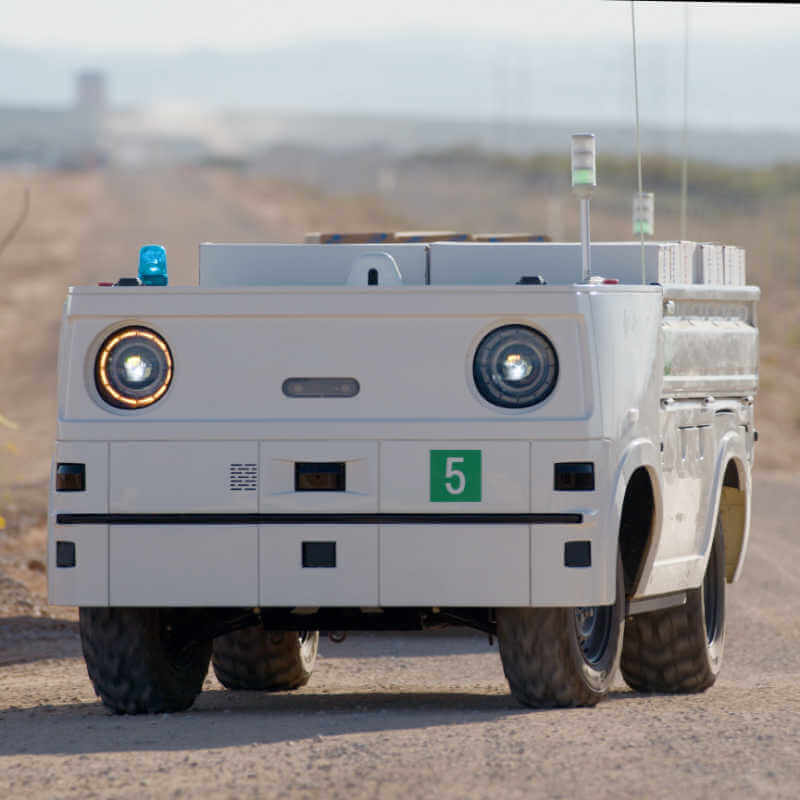Honda has been putting its AWV (Autonomous Work Vehicle) prototype to the test. This fully electric self-driving vehicle will be used to carry and tow supplies without any assistance. And recently, along with the engineering firm Black & Veatch, Honda has said the tests were a success.
What is the Honda AWV and what does it do?
This Autonomous Work Vehicle or AWV is a fully electric work vehicle that Honda intends to use as a test for creating an automatic solution to carrying a payload from point A to B. It rides on the same platform that Honda uses for its side-by-side ATVs and makes use of radar and lidar sensors, GPS location positioning, and stereoscopic cameras to navigate the world around it.
Together with Black & Veatch, Honda put the AWV to the test in a solar energy construction site in New Mexico. There, Honda made the AWV move around the area with nothing but set destination points, on a high-definition map, from a cloud-based app. Honda claims that these tests were a success with the vehicle being able to stop just centimetres from the waypoints.
“Black & Veatch’s pursuit of construction innovation and safety on job sites has led us to this relationship with Honda,” said Mario Azar, president of Black & Veatch’s global power business. “With our leading market position in solar power, the testing of this new autonomous work vehicle aligns with our focus on advancing the industry through new and innovative ways to work at project sites.”
“With our test partner, Black & Veatch, Honda was able to demonstrate the performance of our rugged all-electric Autonomous Work Vehicle prototype in a large-scale construction environment,” said Kenton Williams, U.S. project lead for the Honda AWV. “We believe the Honda AWV has the potential to bring greater efficiencies, higher levels of safety and better environmental performance to the construction industry, and to other industries seeking an autonomous off-road solution.”
It’s one tough little vehicle for how cute it looks.
Weighing in at 721 kg, the AWV prototype can take a payload of up to 388 kg and tow up to 750 kg. Even with all that weight added on, it will have an estimated range of up to 45 km. Once it’s all tuckered out from the hard work, a 120 V charger will get it from zero to full in six hours.
It will hopefully, according to Honda, be put to use as a service vehicle in industries that require off-road travel and are dangerous for people. That being said, Honda has not announced any plans to produce the vehicle. Instead, it will continue with testing the prototypes.
Source: Car and Driver | Honda

